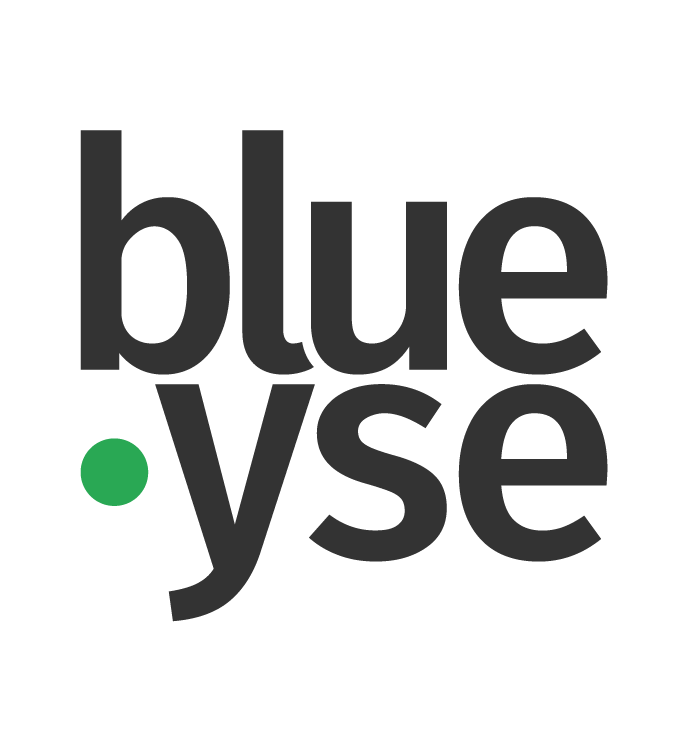
Under job postings of various companies are statements such as ‘we think everyone is unique. This is reflected in everything we do and therefore also in our hiring policy.’ or ‘Everyone is different, and the differences in people help us to be even better. That’s why we’re curious to know who you are!’ These statements are completely by the book for companies to write, which shows that the company considers diversity & inclusion as important topics. However, as long as inclusion within an organization is not tangible, these are empty words.
Ultimately, potential employees ask themselves, “Do I really feel welcome here? Will my knowledge, experience and personality be valued? Do I see opportunities for growth?” Consciously or unconsciously, potential employees want to be able to answer these questions with yes before they seriously consider taking the job. This is no different for diverse talent. Perhaps even more so. In short: at all stages of the Candidate Journey, the Employer Brand must be consistent and inclusion must be tangible.
How to do it: inclusive recruiting
An important element in the recruitment process is the job posting. This is where bias can play a big role. It is important to pay close attention to the language used. For example, make the requirements more inclusive by referring to behaviours instead of traits. A trait means something different to everyone, so it is better to be specific. Instead of ‘we are looking for a team player’, say ‘it is important that you can work well together’. In addition, it is known that women only respond to a job posting if they meet all the job requirements. While men apply when they meet 6 out of 10 job requirements. Therefore, including fewer job requirements in the text is a good idea.
Not everyone is a native speaker
For people for whom Dutch is not their first language, expressions are difficult to understand. Nevertheless, job ads are unfortunately still full of expressions such as the Dutch expressions: “You won’t let the cheese eat your bread” or “You are a real spider in the web”. You also often read ‘our ideal candidate has an excellent command of the Dutch language’. More suitable is: “You can speak effectively to our customers”.
Beware of age discrimination
“We’re looking for someone with 3 to 5 years of work experience. That seems logical because it indicates the entry level of a position. However, it excludes people with more years of work experience. In doing so, the maximum number of years of work experience should not be a reason to reject someone, because that is age discrimination. Also, don’t use the word “starter,” rather speak of “entry-level position. Then you refer to the position, not the person.
Representation
How diverse are the people in the company’s photos? A picture says more than a thousand words, but both can also reinforce each other. After all, telling people that you stand for inclusion is one thing, actually showing it is two. Therefore, pay close attention to any photos of the company that go out and make sure they communicate the right message.
Make rejected candidates feel good
Finally, deal nicely with candidates you reject. Precisely candidates who are rejected have a big impact on your Employer’s Brand. What do they say about your company? What is their experience? By doing the selection process carefully, inclusively and with attention, also rejected candidates can be ambassadors for your brand!
Sources
Inclusion entreprise recrutement: https://factorial.fr/blog/inclusion-entreprise-recrutement/
Op weg naar inclusieve werving en selectie: https://magazine.inclusiefwerkgeverschap.nl/magazine/wervingenselectie/op-weg-naar-inclusieve-werving-en-selectie/
Een inclusieve vacaturetekst schrijf je zo: https://inspiratie.uwv.nl/werkgeverschap/een-inclusieve-vacaturetekst-schrijf-je-zo
Inclusief werven: https://www.voortekst.nl/inclusief-werven
7 tips om meer divers talent te werven: https://humancollective.nl/7-tips-om-meer-divers-talent-te-werven/
